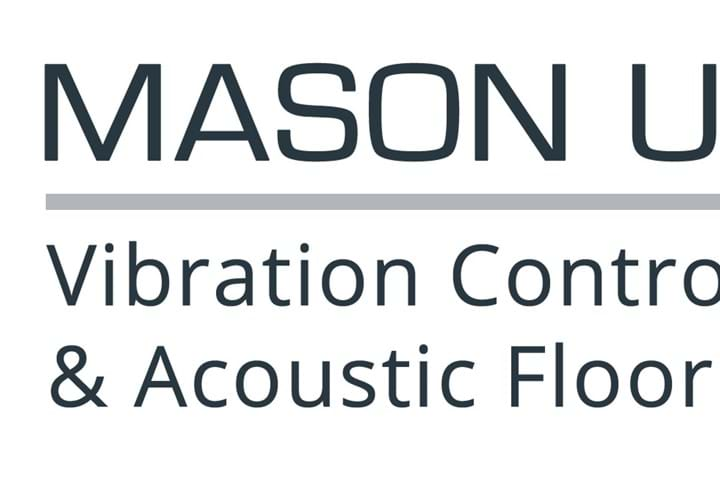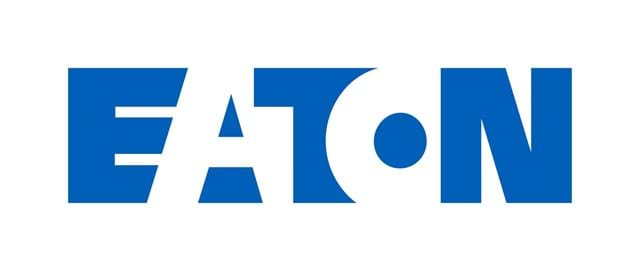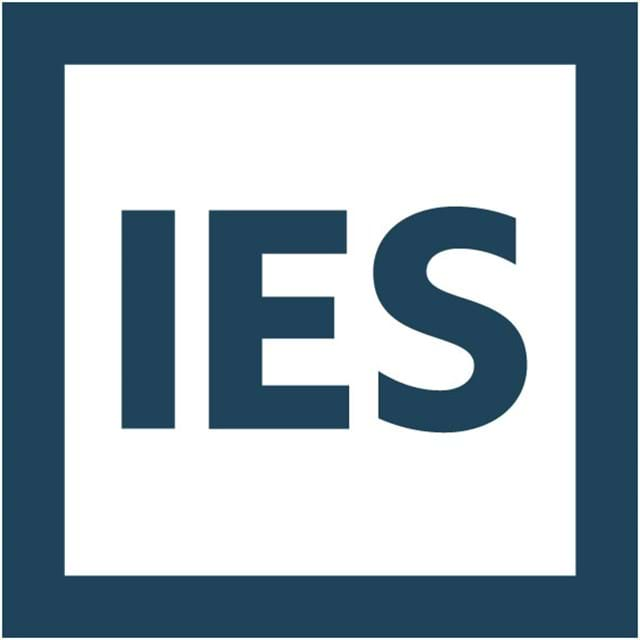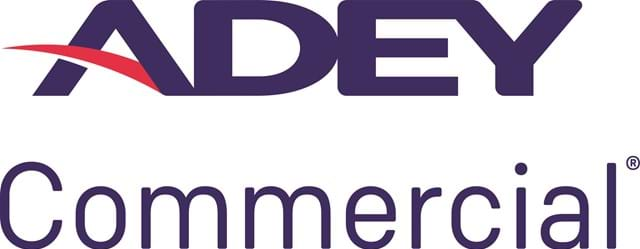2022
The AEC (architectural, engineering, and construction) sector is confronting a period of unprecedented challenges – but also one of opportunity.
Yes, adapting to change is fundamental for a business's survival. Still, in a world of persistent market turbulence and constant disruption, incremental adjustments may no longer be enough to ensure sustained growth and differentiation.
According to a new report, market intelligence firm IDC expects digital transformation investments are to approach $6.8 trillion from 2020 to 2023. They also predict that 65% of global GDP will be digitized by 2022.
Likely, only the most agile organizations, those able to leverage digitalized technologies and business models while meeting increased expectations and delivering improved efficiency, will be able to rise and outperform competitors now and into the future.
80% of global CO2 emissions are due to energy production/consumption, and electricity use is expected to double by 2040. In other words, the world is becoming more electric, and technological disruption is also transforming the electrical industry itself.
Accelerating digitization, mobile connectivity, and real-time data through smart industrial sensors (IIoT) has fundamentally altered the smart building landscape. Now, consulting engineers must design buildings that are safe, reliable, and efficient, but also sustainable and future-proof, enabled by smart design. Consulting engineers are pivotal in making the technological evolution a practical reality.
Partnerships are the building blocks of sustainability and efficiency
Faced with such a rapid pace of change in the industry, many consulting engineers rethink how they can adapt more quickly and what initiatives they should pursue to future-proof their businesses. Schneider Electric understands that no one can win that game alone. Professional partnerships promote innovation, meet evolving customer demands, spur greater sustainability, and foster superior business efficiency. Indeed, collaborative ecosystems promote partner competitiveness and boost the capability to quickly scale up to confront disruptive changes, tap into new expertise and respond to new market opportunities.
Named the most sustainable company in the world, we have first-hand confirmation of how cooperative and long-term partnerships are amongst the best ways to foster sustainability while growing businesses. Not only do we make sustainability a priority in our operations, but we also do the same for our customers. Over the next three years, our ambition is to save 120 million metric tons of CO2 by Schneider Electric customers using our EcoStruxure architecture.
As a technology provider, we are determined to play a role within the ecosystem to improve business fluidity, technology exchange, and drive towards shared ambitions to help partners boost their sustainability credentials on both product and system levels while improving their market positioning and supporting their digital transformation efforts.
A clear-cut strategy to mitigate risk and spur better outcomes
Our goal is to facilitate a more sustainable, efficient, and resilient future for our partners and customers through three core concepts:
Simplified – to counterbalance increasing complexity, we simplified the user experience with our products and solutions to make them easier and faster to design, build, operate, and maintain
Open – we are committed to unleashing the infinite possibilities of an open, global, innovative community through our partner ecosystem and are passionate about interoperable architectures.
Digital – we deliver connectivity to encourage digital intelligence to create more resilient operations, enable new services, and produce software that increases efficiency at every project lifecycle stage.
Digital tools that deliver on our promise
Partnering with Schneider Electric provides AEC leaders and engineers access to a dedicated collaborative platform that helps improve digital transformation in design practices. A comprehensive selection of tools and assets, plus access to experts to help improve competitiveness by increasing operational efficiency from digital strategy through to execution:
- Best practices and insight sharing regarding markets, regulations, and design trends.
- Resources for engineers through mySchneider include training and expert support and design tools, which facilitate engineers to work more productively with different stakeholders and technology providers.
Online tools are also available to support transformation in business processes through ongoing digital collaboration with leadership and teams, including:
- Resources for engineers to digitalize collaboration with technology providers via software, online forums, one-on-one digital support, and dedicated Schneider representative.
Transforming resources and knowledge into a competitive advantage
We are a long-term partner consulting engineers can trust to help them navigate disruptions, now and in the future. Our goal is to make engineering firms design simplified, open, and digital with in-house and outside partner know-how, experience, and solutions, including hardware-agnostic software, across the broadest range of markets and products.
Read our other posts to understand how partnerships can continue to drive your business, and be sure to visit our site to see our benefits that drive Partnerships of The Future.
2021
We humans have to breathe air to survive. Oxygen-rich air is initially found outside, however, people work and live in buildings. Like our lungs, buildings need to be able to breathe to ensure fresh air comes in and dirty air escapes. In fact, some say we even spend 90% of our time indoors, so having a good indoor climate to live-in is vital for our health and wellbeing!
A recent study shows that between 30 and 40 percent of employees have symptoms like headache or attention problems at work. At the same time, we need to think more sustainable and decrease our carbon footprint. This is a challenge for the entire industry, affecting everything from product development to how we operate.
Human, building, planet
Swegon’s holistic approach to the ventilation challenge consists of three parts - Human, Building and Planet – and by addressing them together, we can move towards a solution.
1) The Human – meeting the basic health and wellbeing needs of the people living or working inside the buildings.
2) The Buildings - Customer adaptations and changes in usage over time puts high demand on the flexibility of the building services solutions. More recently IT security has also become an issue, as connectivity is sometimes applied in a patchwork fashion.
3) The Planet - buildings are responsible for 40 percent of the world’s CO2 emissions, both from the building materials and from the energy consumed over time. We as suppliers have a huge responsibility here and we need to make sure there is a low energy usage from our products and solutions.
It is imperative that we do not address these challenges one by one in sequence, but that we address them as parts of the same challenge, to ensure a healthy, economically viable and sustainable solution.
Stepping up to the challenge
So, how do we solve this? In short: with a system approach. Instead of looking at each product and service separately, we need to make sure it all works together to achieve a low lifecycle cost. By measuring and demand-controlling the indoor environment we can create a healthy indoor climate with the lowest possible energy consumption.
To do this we need better tools in our toolbox to interact with, and manage, the building. The data collected with connected devises enable us to create algorithms to optimize energy performance and indoor climate. An example is the Swegon WISE system, which has already been able to adjust the indoor climate to the actual need of the building at any given moment with optimized airflows. With a newly added feature – water optimization – data input from the room can be connected to the heating and cooling of the building, resulting in a further decrease in energy consumption of up to fifteen percent.
But this is not enough, we also need to get to the next level, beyond optimized products. We need to collect information from outside the system, such as weather predictions and cost of electricity. By combining this information with data from the products we can create smarter buildings and develop smarter products. For example, the new mobile device app Swegon Inside is enabling the customers to “see” and determine the quality of the indoor environment. This increases the knowledge and awareness of the surrounding indoor climate, insights which are fundamental if we want to drive change. Visualising the invisible is the key for the future.
To learn more about the challenges we face to solve the IEQ puzzle, join us for a seminar on “The Human, Building, Planet Challenge – IEQ in the built environment” on July 1st hosted for the CIBSE Technical Symposium.
The heating industry has a major role to play in the UK’s journey to net zero carbon emissions, and low-carbon district heating schemes are becoming increasingly popular. Here, Alexandra Leedham, Technical Leader – Renewable Energy at REHAU, explores why pipework choice is important with this technology.
District heating systems that supply heating and hot water via pre-insulated pipe networks from a centralised heat source have grown in popularity among building professionals due to their ease-of-maintenance and installation. The UK Government has already invested significant funds towards district heating as decarbonising heat is a key challenge to reach net zero. To encourage the uptake of low carbon district heating schemes, the Green Heat Networks Fund (GHNF) starts in 2022, with a transition scheme starting in July 2021.
Heat pump-based district heating systems will benefit from the proposed tenth Standard Assessment Procedure consultation (SAP 10.2), which sets standards for a new lower emissions factor for electricity, advocating heat pumps as a more sustainable solution. Compared to the SAP 2012 metric of 0.519 kgCO2/kWH, starting from SAP 10.1 a value of 0.136 kgCO2/kWH has been proposed – a 75% improvement in heat pump-derived electricity carbon savings from previous figures.
Fourth-generation
Most UK heat networks are third-generation, with water circulating at 70-95oC and often heated via fossil fuel-powered boilers. Yet fourth-generation systems with a lower 50-60oC flow temperature are now being implemented, with the reduction in network-wide heat loss making them more cost-effective, efficient and compatible with sustainable heat pump and waste heat sources used on eco-conscious projects. Their centralised design also allows for quicker installation than individual boilers, with less maintenance required.
Best materials
This rising popularity makes pipework material choice an important aspect of ensuring efficient delivery of heating and hot water. Though traditionally made of steel, all-polymer systems are now viable as the material suits lower circulation temperatures, lowering heat losses while making installation easier.
Using reinforced polypropylene (PP-R) as the network’s main spine, for example, allows polymer-based schemes to provide heat loads up to 16MW. Flexible, coiled PE-Xa pre-insulated pipework can be easily connected to this spine, ensuring cost-effective installation for building professionals extending networks. This, alongside the material’s lifespan of over 50 years, highlights polymer’s role in sustainably futureproof buildings’ utility demands.
Additionally, a PP-R pipe main spine can reduce pressure losses by up to 19 percent compared to steel solutions. For maintenance-conscious contractors and developers, minimised corrosion risks result in less system failures and ensuing expensive repairs. PP-R is up to 37% lighter than steel, allowing for easier on-site handling and lowered emissions during transportation. As PP-R is 100% recyclable, further environmental benefits can be realised.
Sustainability concerns go hand-in-hand with those around installation time and material use. Because PP-R eliminates expansion loops and reduces directional change bends used in steel networks, fitting is quicker, with less components required due to less joints. PP-R pipe’s lighter weight and the PE-Xa pipe’s flexibility also facilitate a quicker and more flexible installation.
In conclusion, the need to decarbonise means we must entertain innovative new heating technologies, including polymer district heating systems. By doing so, we can improve sustainability while also enjoying further benefits, such as ease-of-installation and lower operational costs.
For more information on district heating and PP-R pipework, visit www.rehau.uk/districtheating
Hamworthy Heating is this year’s Silver Sponsor for a second year in a row. For the company, the importance of working together to make a difference in the industry was one of the main motivators to support the event again
Sam Boshier, marketing manager for Hamworthy, commented, “Last year’s virtual event packed a lot into the two days, covering some very interesting topics from fake news to the importance of collaboration. We’re looking forward to being involved again and hearing the papers and case studies that have been submitted under this year’s topic of Engineering the built environment for a new 'normal'. What is the new normal? The pandemic has had an impact on everyone, and our buildings must adapt to the changing way we’re using them. Hearing from the presenters over the two days helps us as a manufacturer to improve our products and knowledge to support engineers and the built environment of the future.”
On the pulse of time
Hamworthy has been a long-term member of the CIBSE Patrons programme. Following its commitment, the trusted expert in heating is keen to be involved in such opportunities to exchange knowledge.
Miss Boshier added,
“We’re excited to be presenting our new Controls CPD as part of the CIBSE #GrowYourKnowledge webinar series. Controls are such a vital tool for making sure we reduce our energy consumption and only use what we need. In the webinar we’ll be cutting through the jargon that is often used when talking about controls and show you how to setup heating equipment for best efficiency, energy saving, and safety.”
Which topics are you most looking forward to over the two days? With so many topics it’s difficult to choose. But this one stood out for Hamworthy as a key supplier to heating and hot water refurbishments projects: Adaptation and refurbishment for improved, and healthier, built environments. We know that new buildings are more energy efficient, but 80% of buildings that will be standing in 2050 have already been built. This means decarbonisation of our existing stock needs to be a major priority. And this comes with its own unique challenges.














